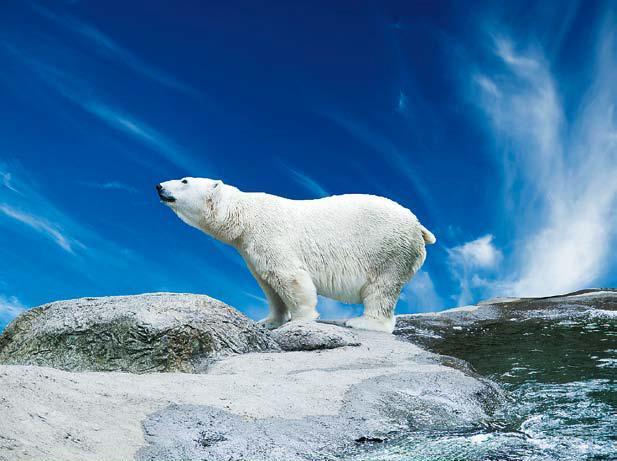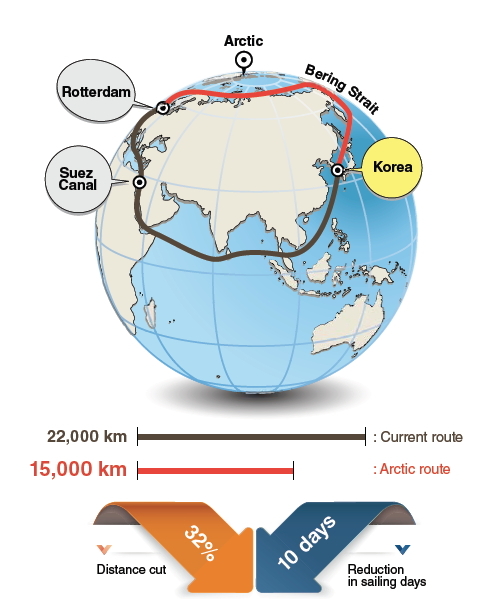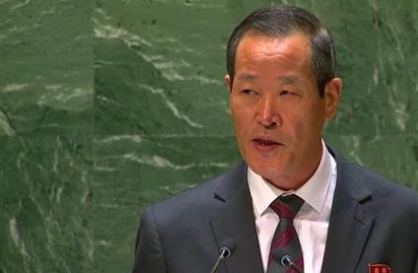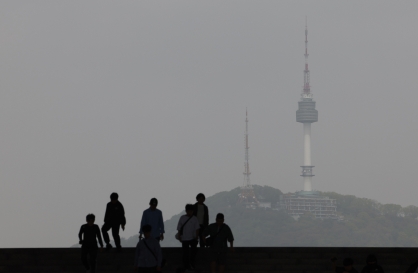Questions posed over Arctic seaway’s viability
Arctic climate may make shipping routes difficult to use
By Korea HeraldPublished : July 30, 2013 - 20:40

But skepticism exists about the viability of plans to harness the route.
The ministry recently announced its master plan to seek new economic opportunities in the Arctic region, placing special focus on the development of a new shipping route passing between Russia and Greenland, through the Bering Strait.
Ships headed from Busan to Rotterdam, the Netherlands, can shave off up to 7,000 kilometers and 10 days of travel time from the conventional Suez Canal route, according to the ministry.

“The development of the North Pole shipping route is yet in its early stage but could bring considerable economic benefits to investors in the long term,” said Oceans and Fisheries Minister Yoon Jin-sook.
The Arctic project has been on the ministry’s table since May, when Korea won permanent observer status at the Arctic Council, the international body in charge of environmental protection and economic development in the North Pole region.
But critics say the ambitious plan will not be as smooth as expected when put into practice.
A factor not to be overlooked is the special climate environment of the Arctic region.
In fact, local shipper Hyundai Glovis has had to borrow an ice-resistant oil tanker from Sweden to make its pilot sail through the polar route and deliver oil cargo to Europe next month.
“None of the local shippers currently possess ships that can endure the extreme weather conditions of the Arctic Ocean,” said an official of a local shipping company.
“Even if they did, they would have to take into account the influence of the ice floes and the resulting increase in the fuel price.”
Han Chol-hwan, professor of international studies in Dongseo University, also said in his 2011 thesis that the average sailing speed in glacier extents was 5 knots, much slower than the standard 18 knots in normal seas.
Considering such discouraging factors, the Arctic route may be 25-160 percent costlier than the conventional Indian Ocean one, according to the Korea Maritime Institute.
Observers claim the ministry’s plan is thus fundamentally flawed, as Arctic sailing and regular shipping cannot be placed in a simple side-by-side comparison.
Also, the passive response from local consignors adds to the uncertainty of the project.
“The government demanded active participation but we could not risk the chances, especially as the economic benefits are not sufficiently high,” said an official of a local oil company.
Hyundai Glovis, too, admitted that the Arctic shipping route may initially inflict losses.
Some even demanded that the government offer financial assistance to local shippers order to make up for their losses in the early stages of the project.
“The unprecedented slump of the shipbuilding and shipping industries has brought down STX Panocean, the nation’s third-largest shipper and the top bulk container operator,” said an official.
“But the ministry is neglecting the urgent issues of the industries and pushing ahead with the implausible polar route project.”
The Arctic is believed to hold up to 30 percent of the planet’s undiscovered deposits of natural gas and 13 percent of oil ― a considerable attraction for leading resource-developing countries.
“There is no disagreeing that the development of the Arctic region is crucial for future humanity,” the official said.
“The problem is, however, whether the project immediately deserves the limited budget and attention of the ministry and of the related industries.”
By Bae Hyun-jung (tellme@heraldcorp.com)
-
Articles by Korea Herald







![[AtoZ Korean Mind] Does your job define who you are? Should it?](http://res.heraldm.com/phpwas/restmb_idxmake.php?idx=644&simg=/content/image/2024/05/06/20240506050099_0.jpg&u=)











